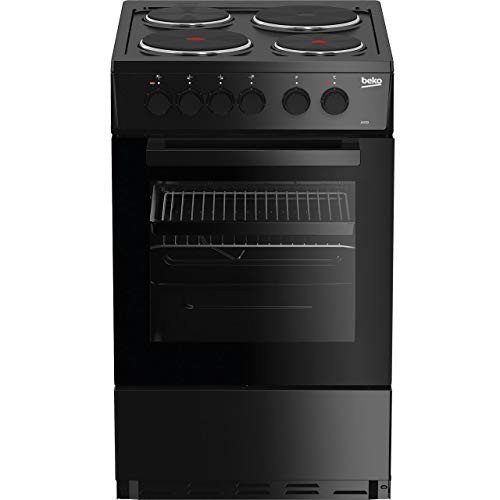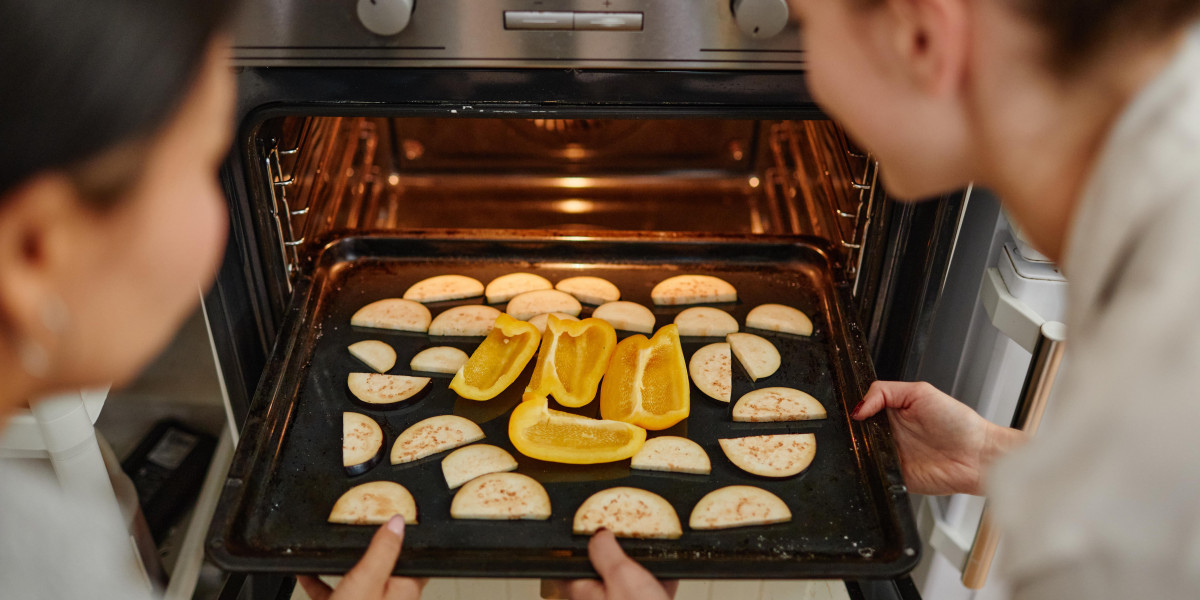Built-in ovens have revolutionized the way households approach cooking. Offering both utility and aesthetic appeal, these ovens are designed to seamlessly integrate into kitchen cabinetry, providing a streamlined look while enhancing cooking efficiency and versatility. This article delves into the key features, benefits, and considerations surrounding built-in ovens, helping homeowners make informed decisions on their culinary investments.
What is a Built-In Oven?
A built-in oven is an oven unit that is installed directly into the kitchen cabinetry. Unlike freestanding ovens that can be placed anywhere, built-in ovens are designed to fit specific spaces, offering a more custom, refined look. These ovens often come in various sizes and types, catering to different cooking needs and kitchen configurations.
Types of Built-In Ovens
Single Built-In Ovens: Designed to house one cooking cavity, these ovens are ideal for smaller kitchens or for those who typically cook one dish at a time.
Double Built-In Ovens: Featuring two separate cooking cavities, these ovens allow for multitasking during meal preparation, making them ideal for larger families or those who frequently entertain guests.
Wall Ovens: Often installed higher in the wall, these ovens make it easy to access without bending down. They also save valuable kitchen space.
Combination Ovens: These units blend different cooking methods, such as conventional, steam, or microwave options, providing versatility in meal preparation.
Key Features of Built-In Ovens
Built-in ovens come equipped with various features designed to enhance user experience and cooking performance. Some notable features include:
Self-Cleaning Options: Many built-in ovens have automatic cleaning cycles that utilize high heat to burn away food residues, making maintenance simpler.
Smart Technology: Advanced models come with smart technology for remote control, recipe assistance, and energy monitoring, allowing users to cook with precision.
Temperature Probes: These allow for accurate cooking by monitoring the internal temperature of food, preventing overcooking.
Multiple Cooking Modes: Features such as convection cooking, broiling, baking, and more provide flexibility in how dishes can be prepared.
Customizable Settings: Users can save their preferred cooking settings for specific recipes, ensuring consistency in results.
Benefits of Installing a Built-In Oven
Space Utilization and Design
Built-in ovens offer a clean and sophisticated look, enhancing the overall kitchen design. By being integrated into cabinetry, they free up counter space and create an organized appearance.
Improved Cooking Experience
These ovens often feature higher-end specifications and more advanced technologies than standard models, resulting in improved cooking performance. Features such as convection systems ensure even cooking and faster baking times.
Increased Property Value
Investing in a built-in oven can increase a home’s value. Upscale appliances are attractive selling points, signaling to potential buyers that the kitchen is modern and well-equipped.
Enhanced Functionality
Built-in ovens typically offer a wider range of cooking capabilities with their various settings, making it easier for home cooks to experiment and create diverse meals.
Safety Features
Many built-in ovens come with safety features such as automatic shut-off, cool-touch exteriors, and child locks, making them a safe option for families.
Considerations When Choosing a Built-In Oven
While built-in ovens come with numerous benefits, here are some important considerations to keep in mind before purchasing:
Cost
Built-in ovens are generally more expensive than traditional freestanding ovens due to installation and customization costs. Potential buyers should assess their budget accordingly.
Installation Requirements
The installation of a built-in oven often requires professional assistance to ensure proper fit and electrical connections. This can further increase the investment.
Size and Space
It is crucial to measure the designated space for the built-in oven before purchasing. Consider the surrounding cabinetry and available space to guarantee a perfect fit.
Maintenance Needs
Some models may require more maintenance than others, especially with advanced features. Opt for ovens with self-cleaning options if low maintenance is a priority.

Energy Efficiency
Look for ovens with good energy ratings. Efficient models can save money in the long run and reduce environmental impact.
Frequently Asked Questions (FAQs)
1. Is a built-in oven worth the investment?
Yes, a built-in oven can enhance kitchen aesthetics, improve cooking performance, and increase home value, making it a worthwhile investment for many homeowners.
2. Can I install a built in ovens for sale-in oven myself?
While it’s possible, it’s recommended to hire a professional for installation to ensure proper connections and fit for safety reasons.

3. Do built-in ovens have a standard size?
No, built-in ovens can come in various sizes. It’s important to measure your space and choose an oven that fits your kitchen design.
4. Is there a significant difference in cooking performance compared to freestanding ovens?
While both types of ovens can perform well, built-in ovens often feature advanced technologies that can enhance cooking performance.
5. What is the average lifespan of a built-in oven?
Typically, built-in ovens can last anywhere from 10 to 20 years, depending on the brand, model, and frequency of use.
Built-in ovens are more than just cooking appliances; they represent a blend of functionality, design, and modern culinary technology. By considering their features, benefits, and various types, homeowners can make a choice that aligns with their cooking styles and kitchen aesthetics. With informed decision-making, a built-in oven can become a central component of any well-designed kitchen, facilitating delicious creations for years to come.
Table of Features and Considerations
| Feature | Description | Notes |
|---|---|---|
| Self-Cleaning Options | High heat cleaning cycle | Saves time and effort |
| Smart Technology | Remote control and monitoring capabilities | Allows for precise cooking |
| Temperature Probes | Monitors internal food temperature | Perfect for tenderness |
| Installation Costs | Requires professional installation | Budget accordingly |
| Size Variability | Available in various sizes for different cabinet configurations | Measure space before buying |
| Energy Efficiency Rating | Look for higher ratings to save on utility bills | Reduces environmental impact |
With this comprehensive overview, homeowners can approach the decision to invest in a built-in oven with clarity and confidence.








